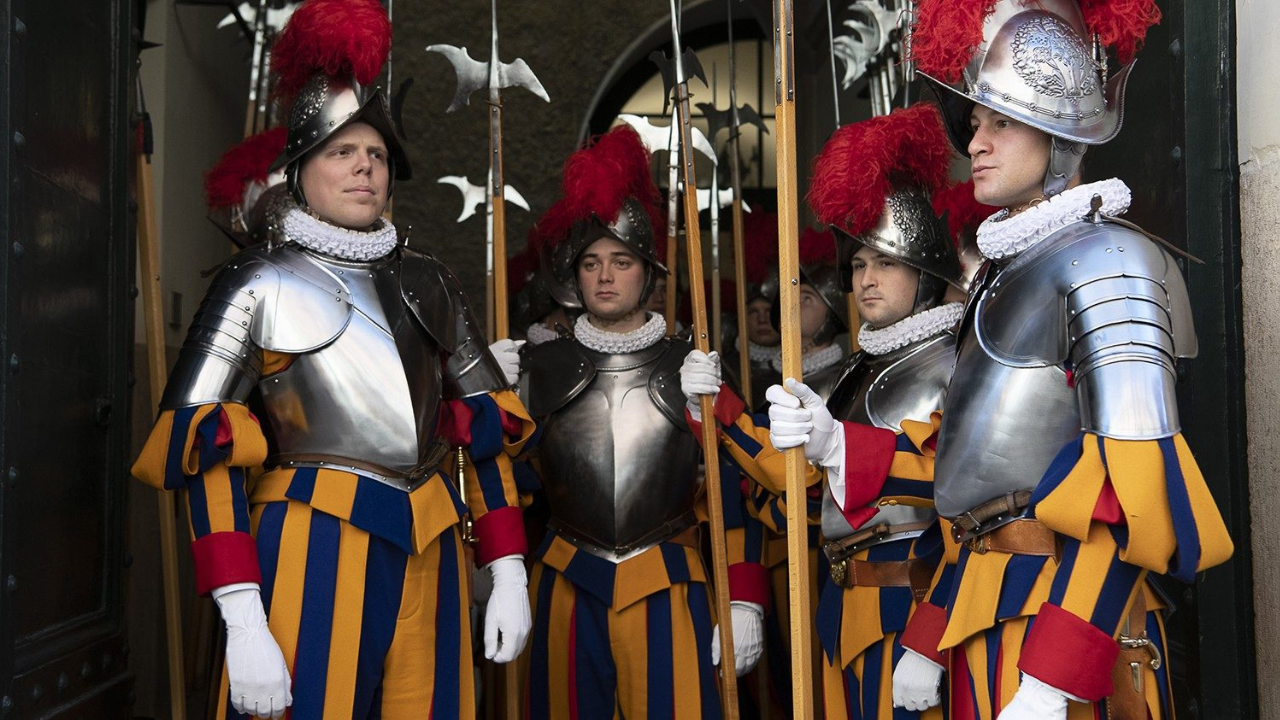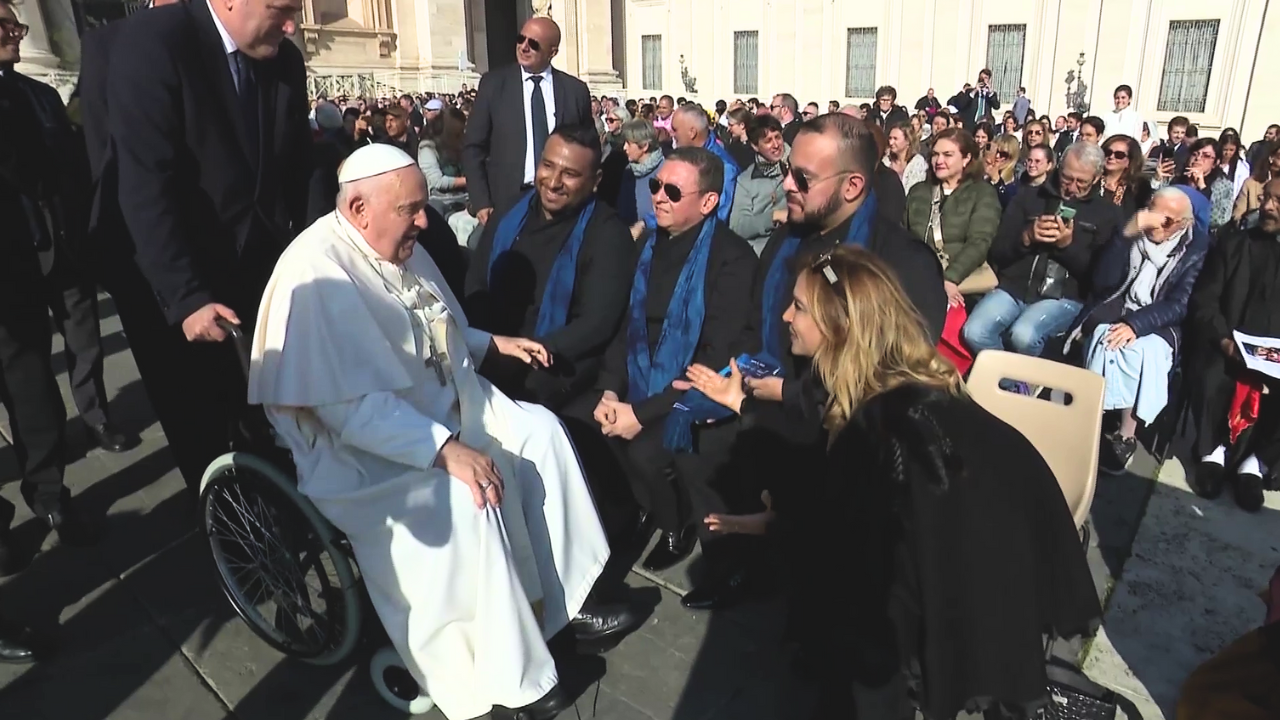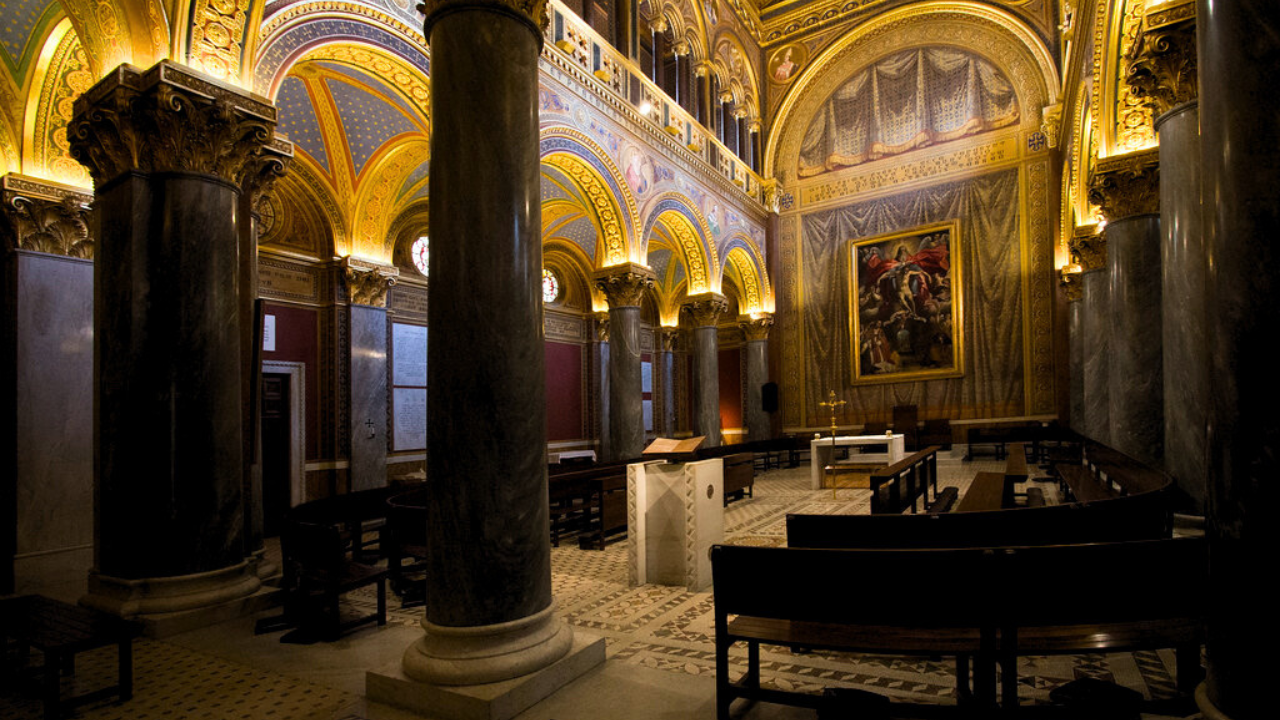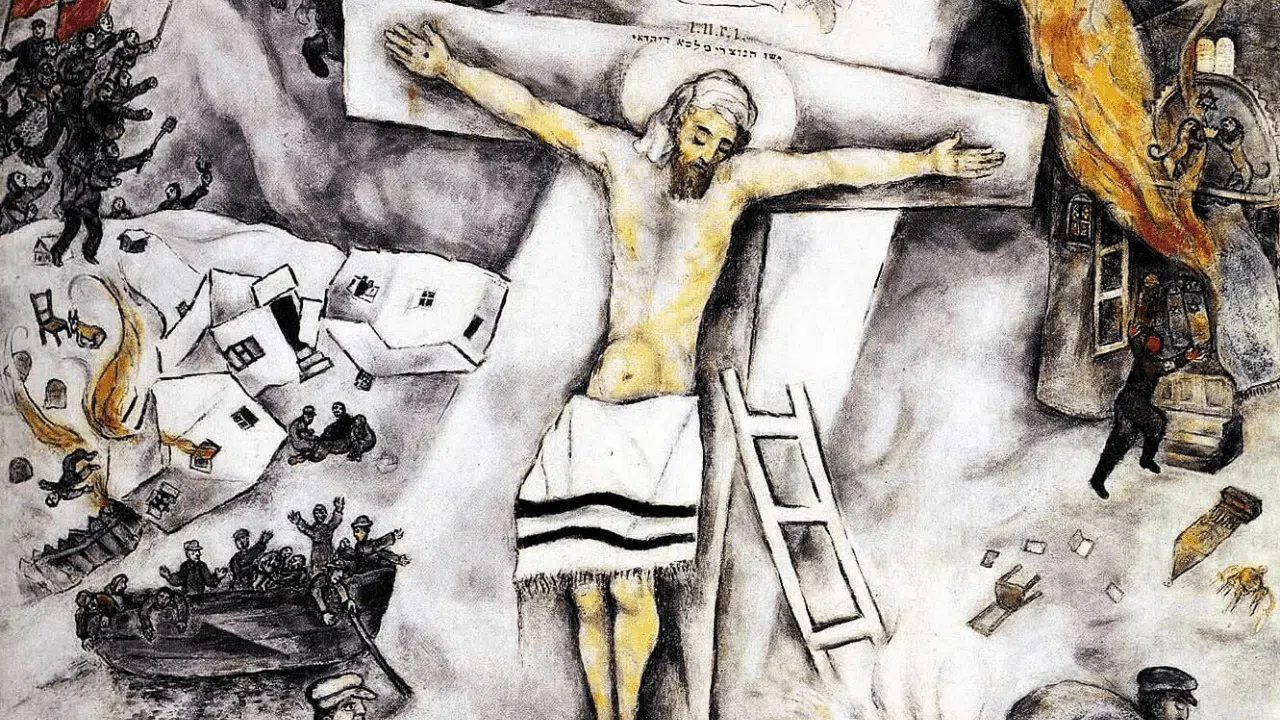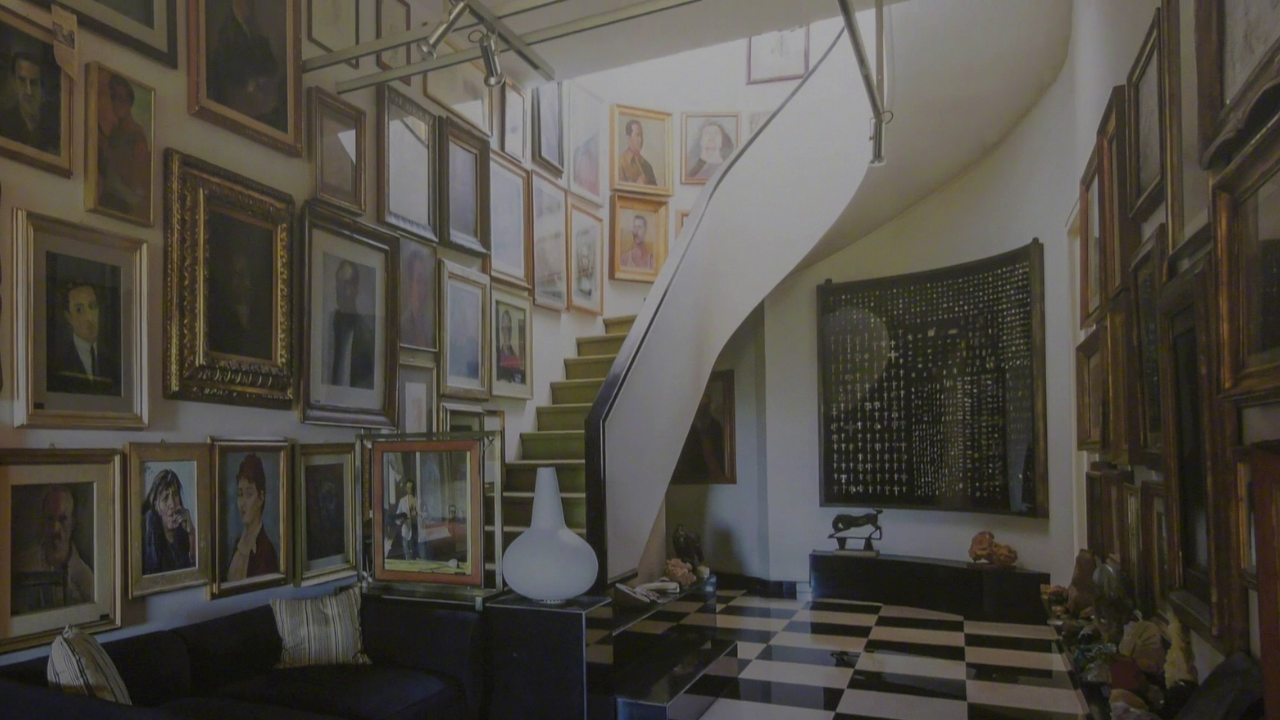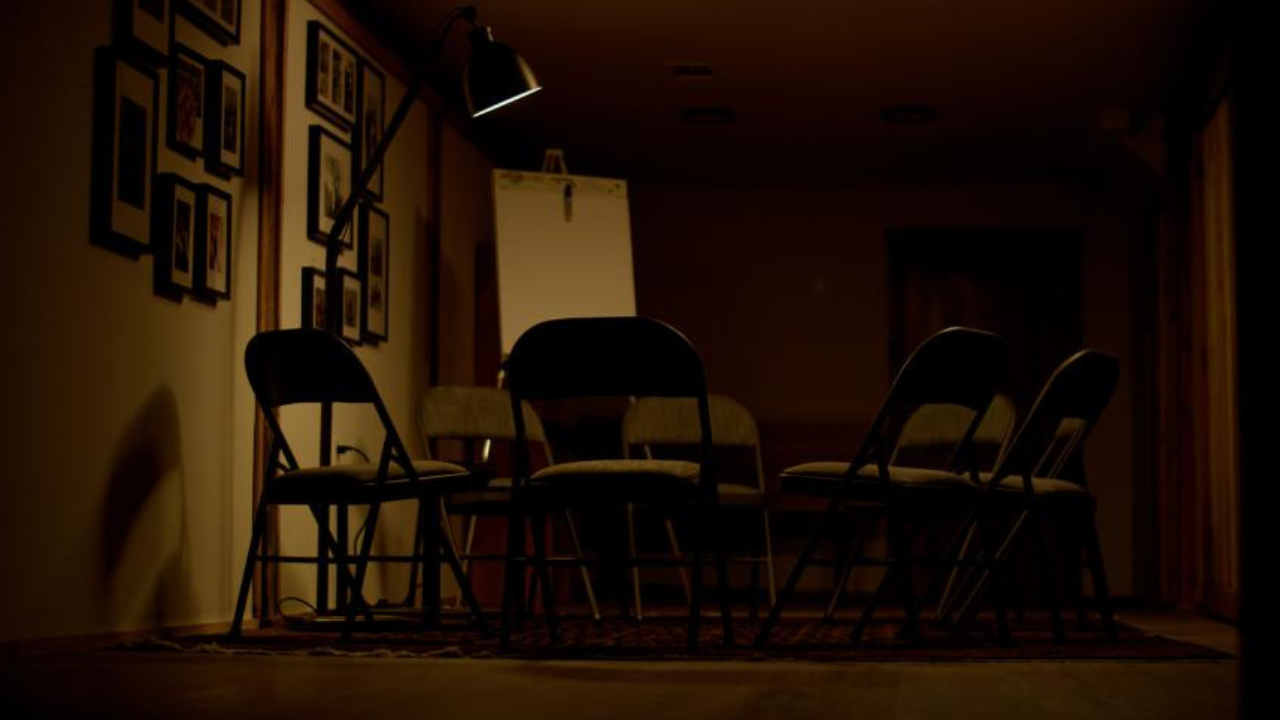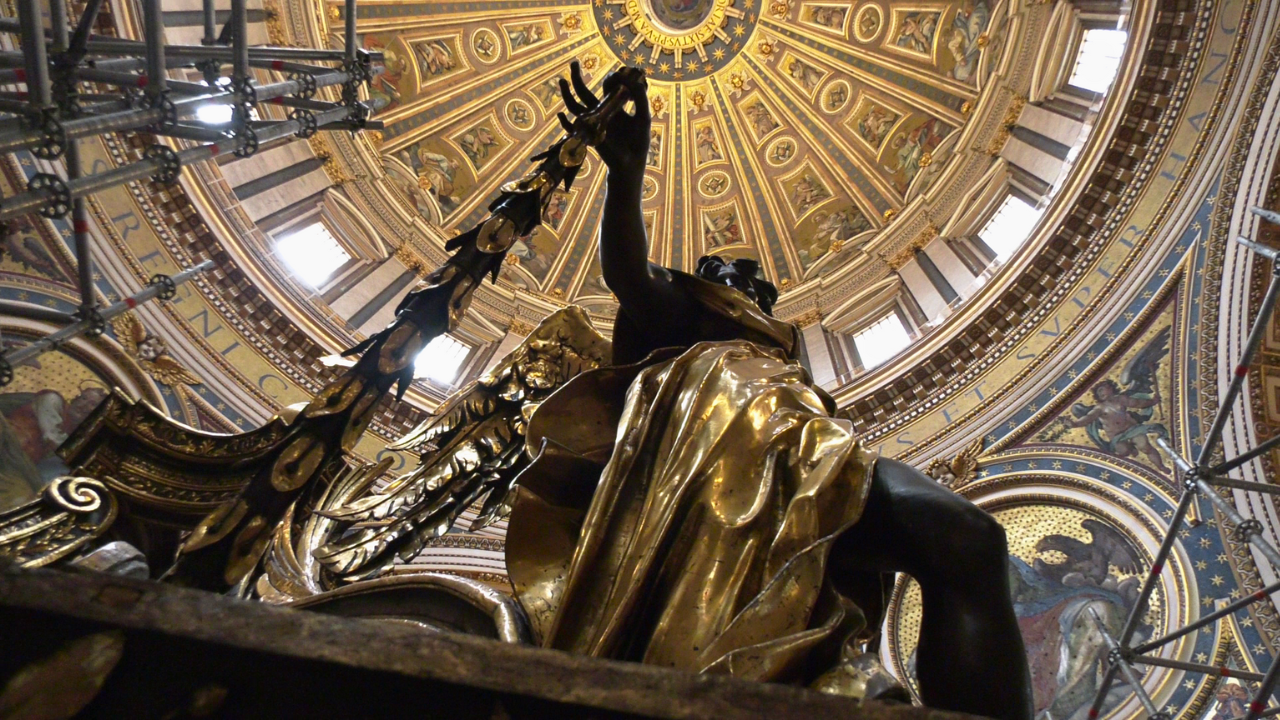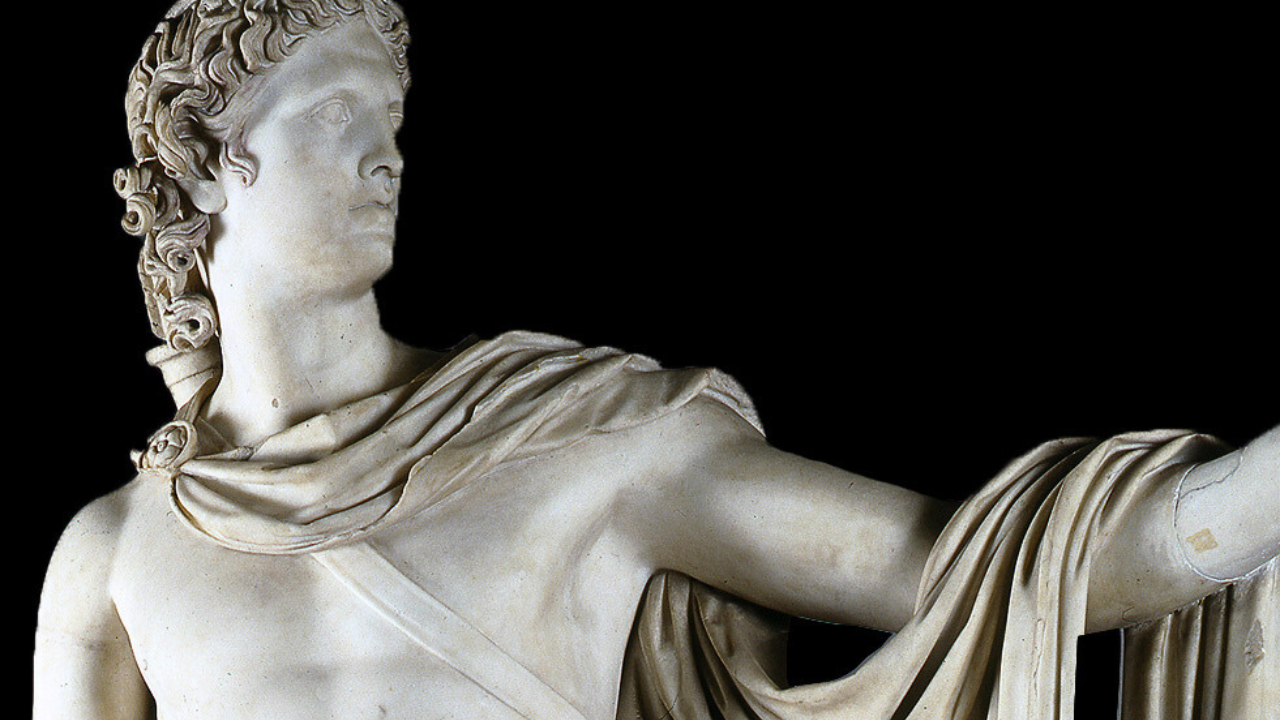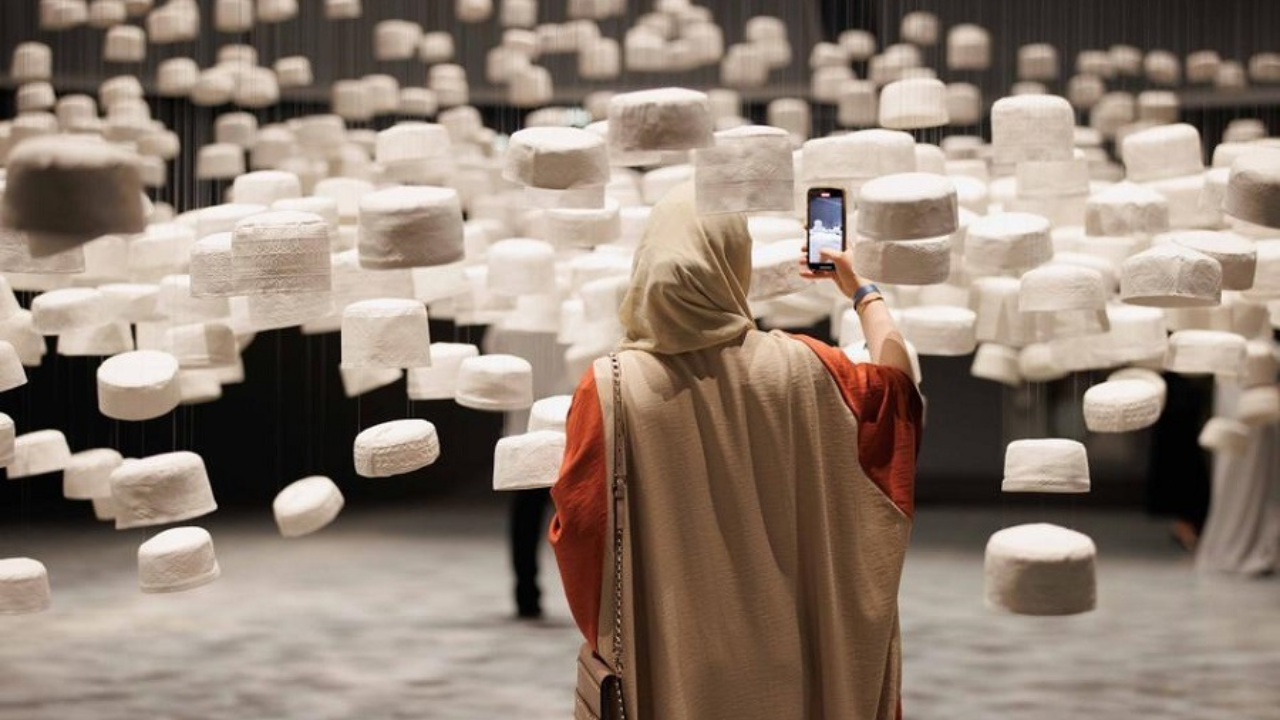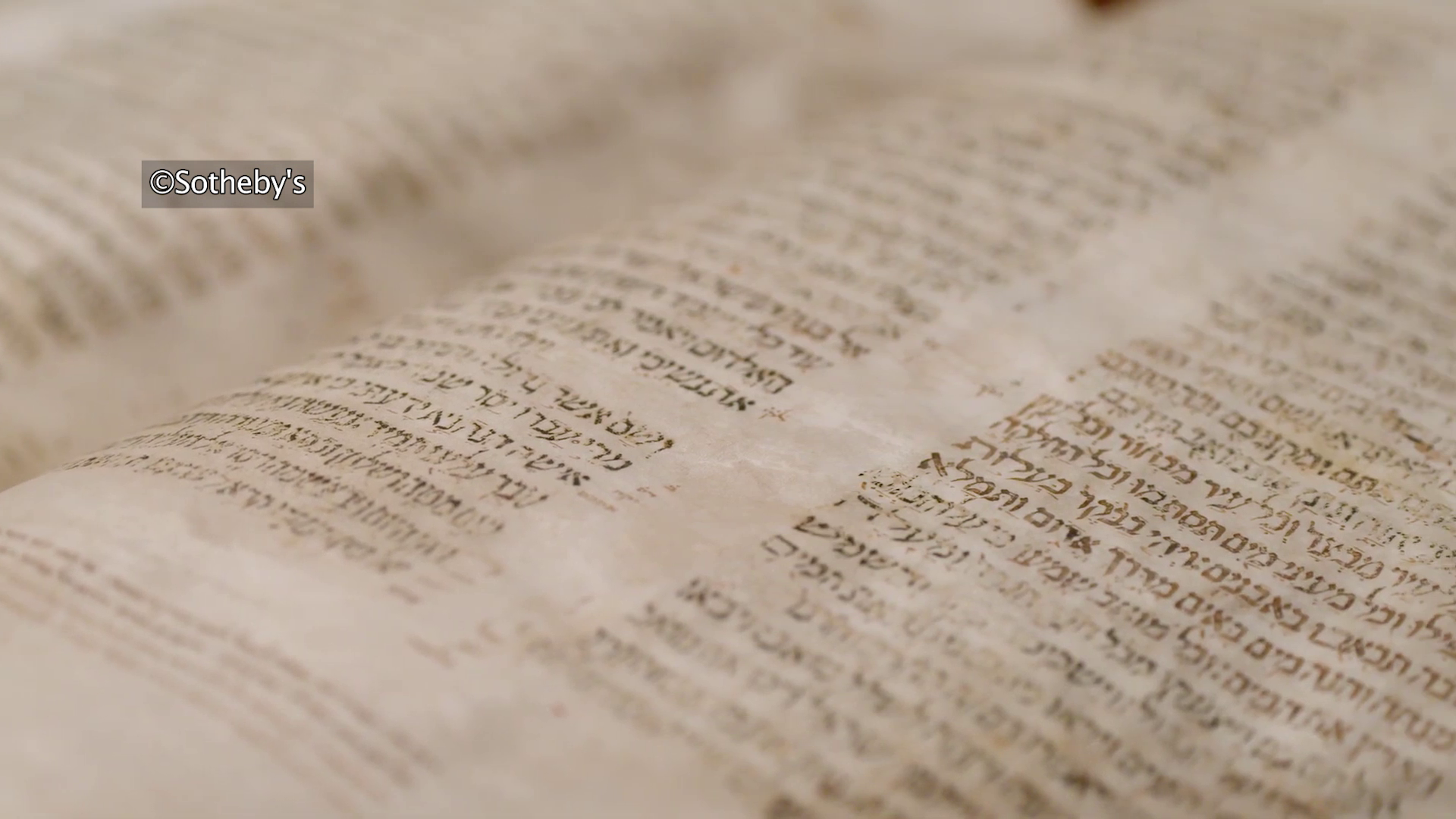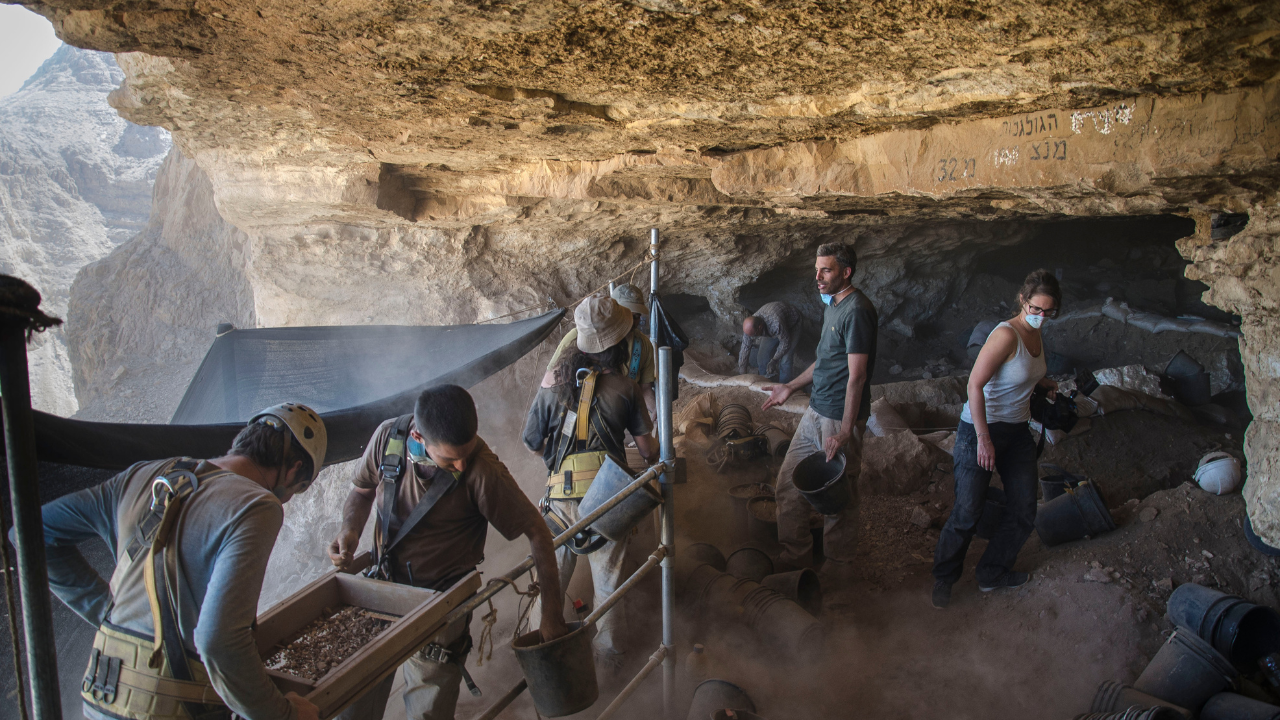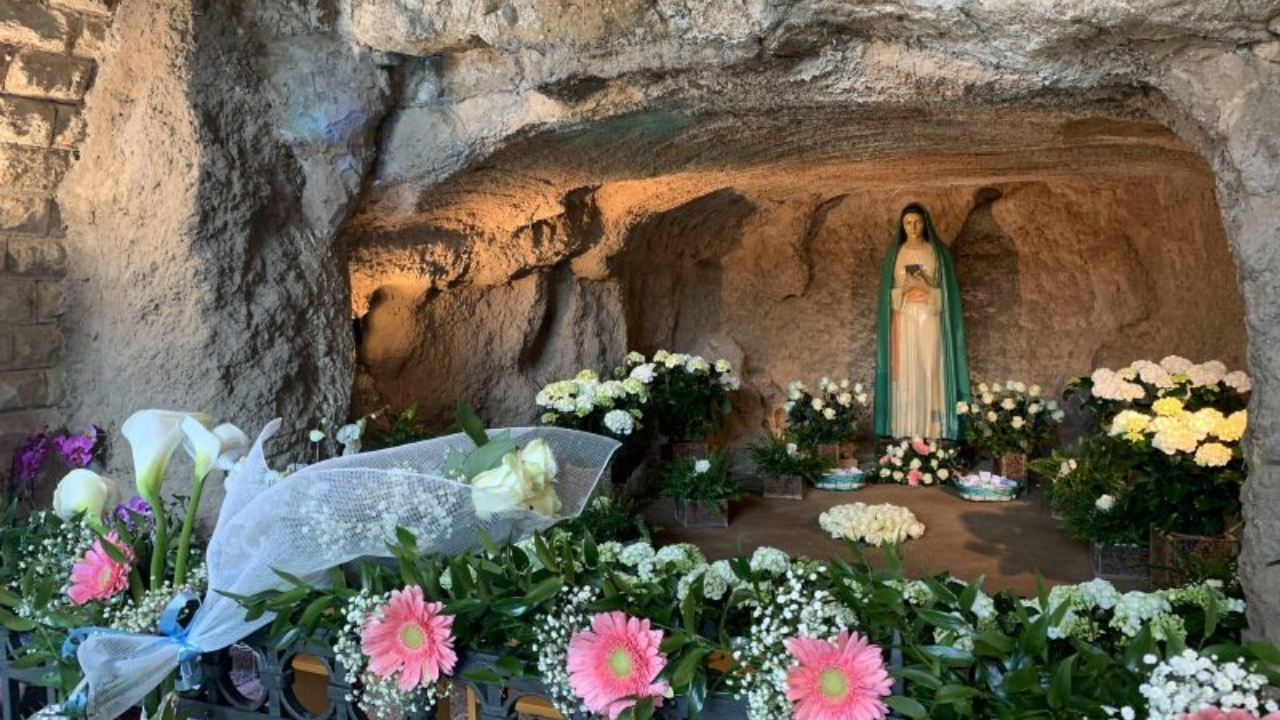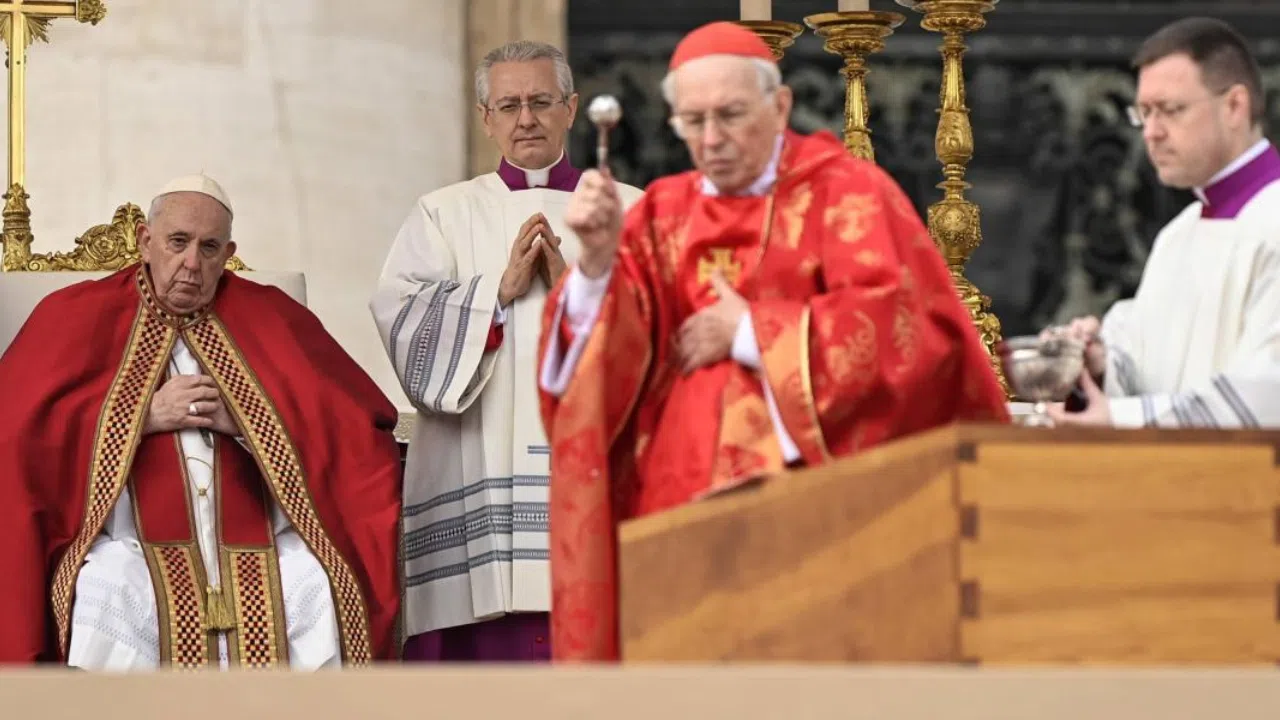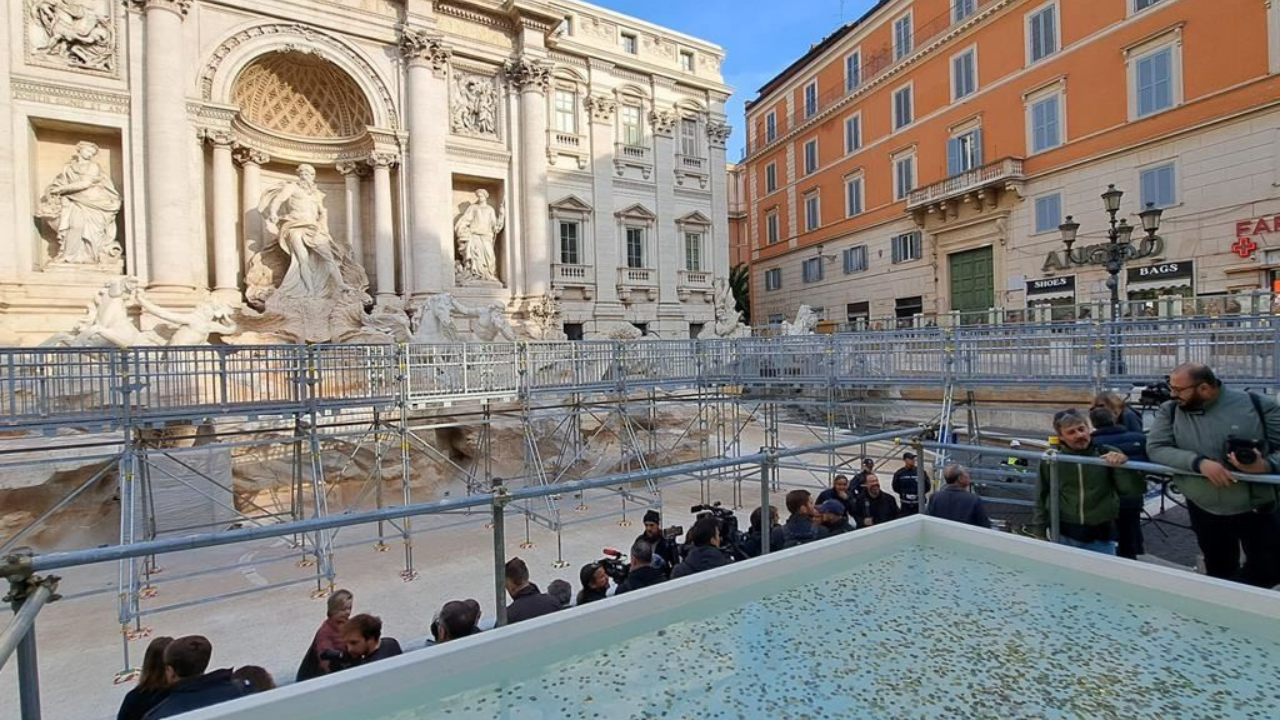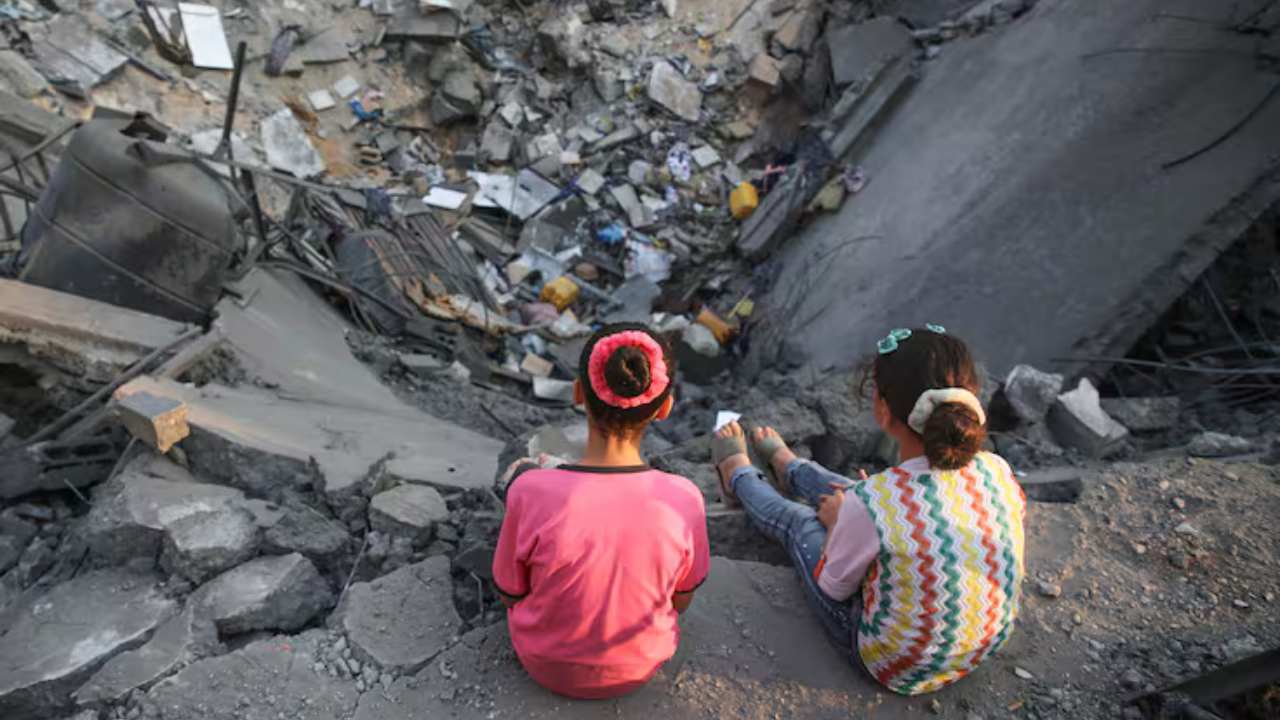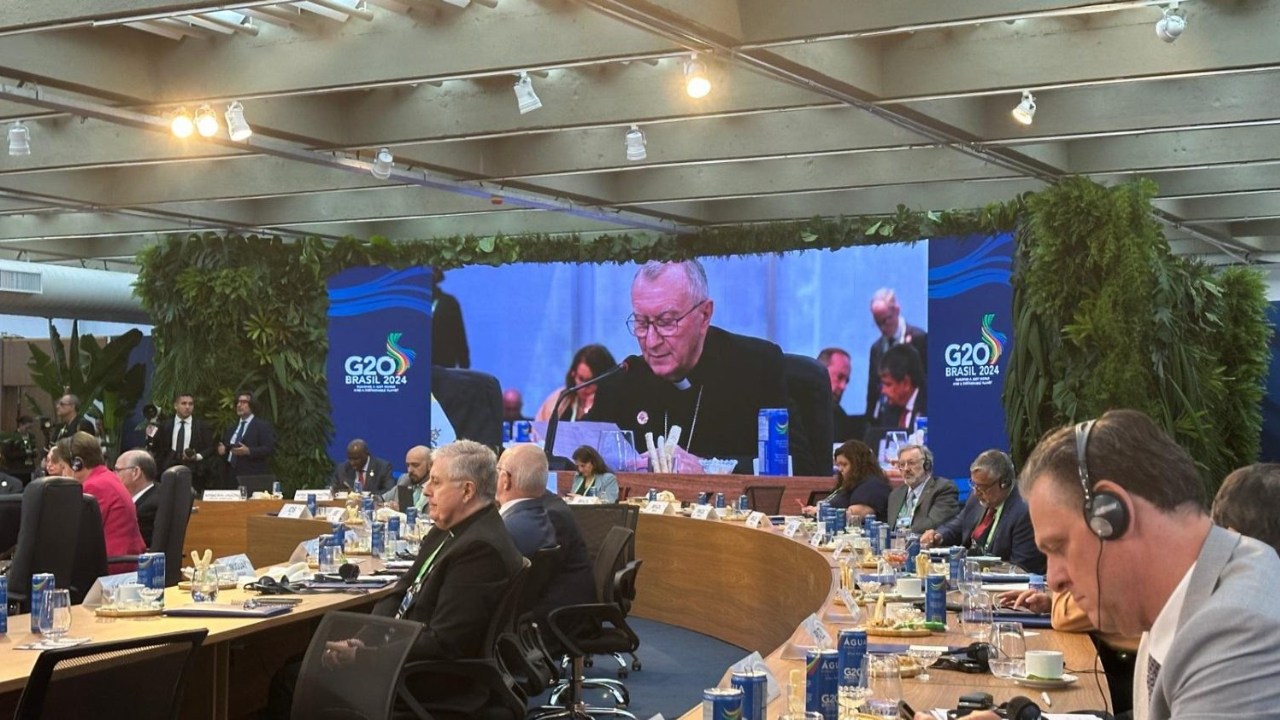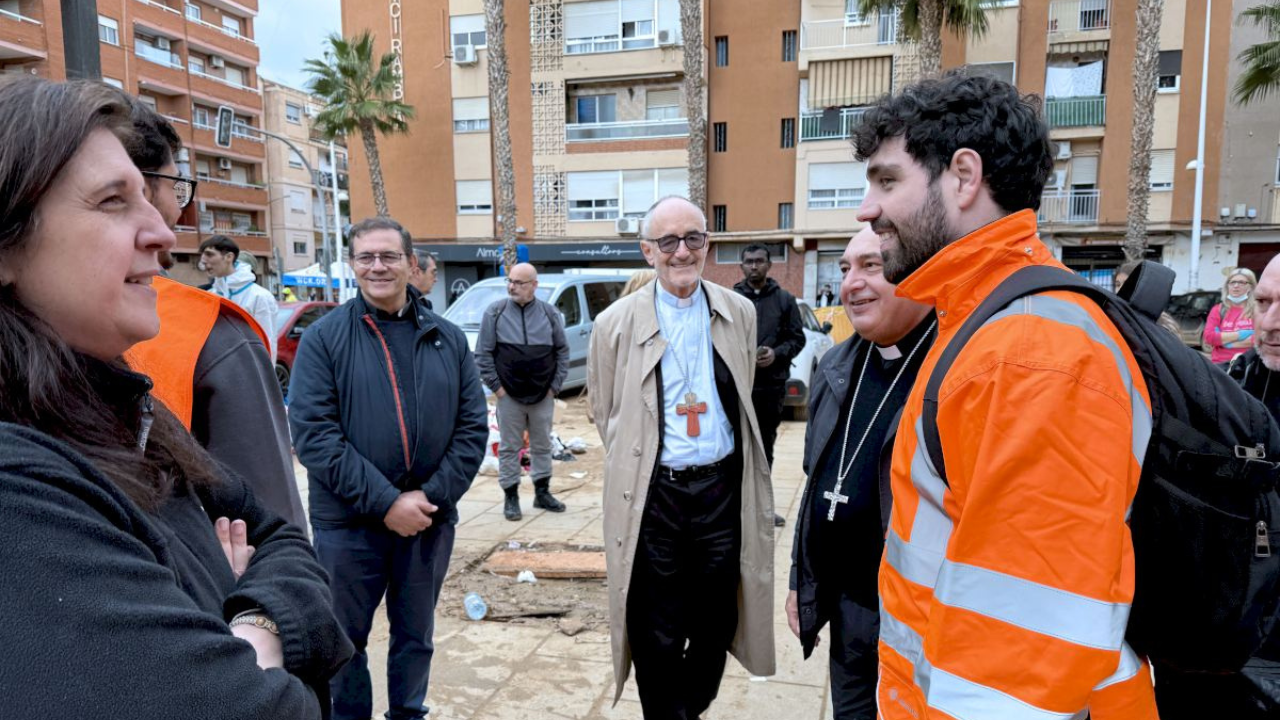Housed in the Fondazione Pastificio Cerere's building, in the popular San Lorenzo neighborhood in Rome, is the art exhibition “Mvaḥ Chā.” The name means “yellow mud,” and the exhibition illustrates the process used to create these unique works of art in Nepal.
The exhibition shows how Western art has evolved into something abstract over time, while the most distant civilizations, like those in Nepal, have always had this abstract nature in their pieces.
NAMSAL SIEDLECKI
Mvaḥ Chā Exhibition
“Sculptures are made from wax. In Italy, the wax mold is covered with plaster and ground brick. The entire sculpture is covered so its form can no longer be seen. Then this is all placed inside the oven. The wax melts, leaving this gap that is then filled with bronze. When the mold is broken, you're left with the bronze sculpture.”
In Nepal however, the sculpting process is completely different because different raw materials are used.
They use manure, the outer layer of grains of rice and clay. This gives the exhibition its name, in English, “yellow mud.”
NAMSAL SIEDLECKI
Mvaḥ Chā Exhibition
“In this process, they cover the mold of the sculpture, but they don't have to cover the whole thing. They only need a few inches around the shape, unlike us, who have to cover the whole thing, losing the outline. For them, the outline remains in the mold. When I saw it, I thought of the sculptures of Henry Moore, Arp, Brâncuși.”
Besides being abstract works of art, in Nepalese culture, these figures are created to serve a specific function.
In this case, the pieces on display in this room are fragments of sacred sculptures from Nepalese culture.
NAMSAL SIEDLECKI
Mvaḥ Chā Exhibition
“The devoted leave offerings in front of these sculptures. The sculptures coexist with the offerings, and I was personally fascinated by this.”
For that reason, some sculptures in the exhibition have small offerings by them.
It's an interesting cultural mix in Rome that shows that art is a form of expression that unites humanity, notwithstanding differences nor distances.
Daniel Díaz Vizzi
Translation: CT
